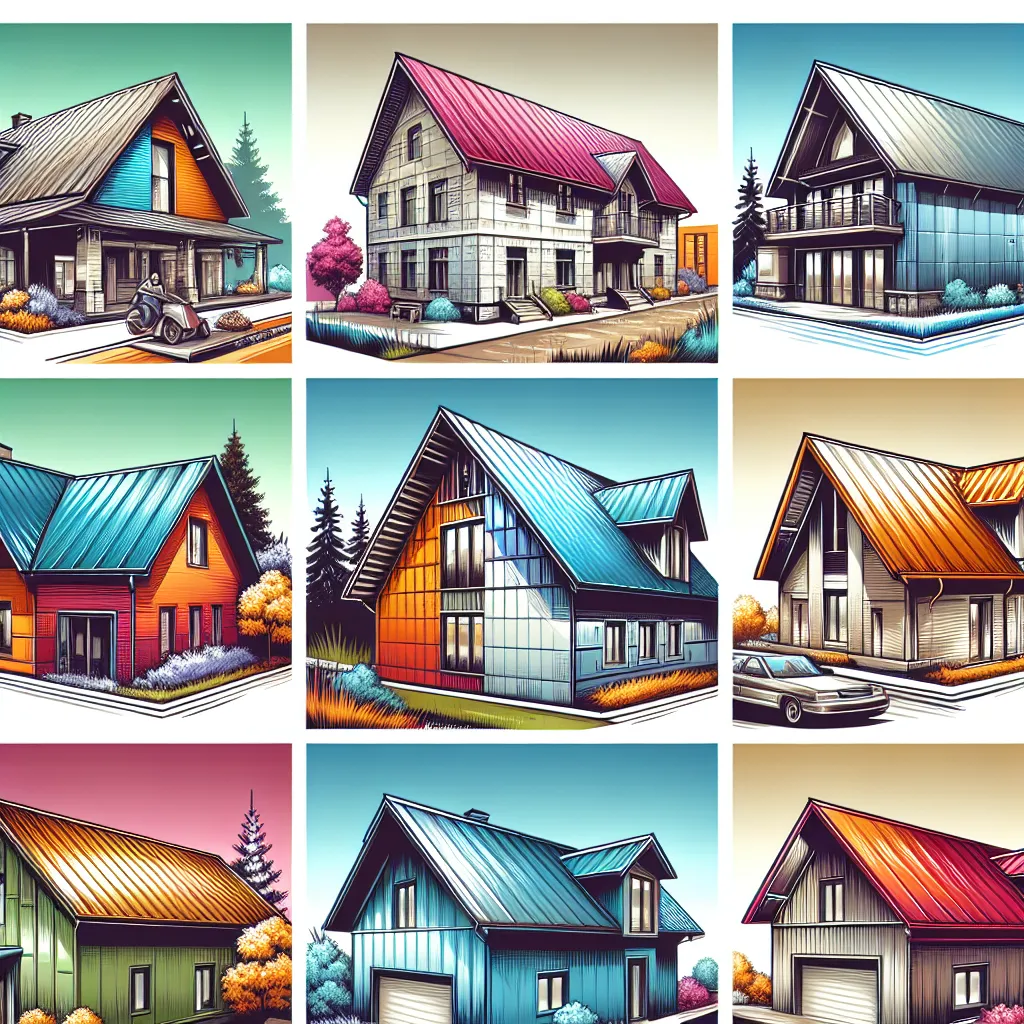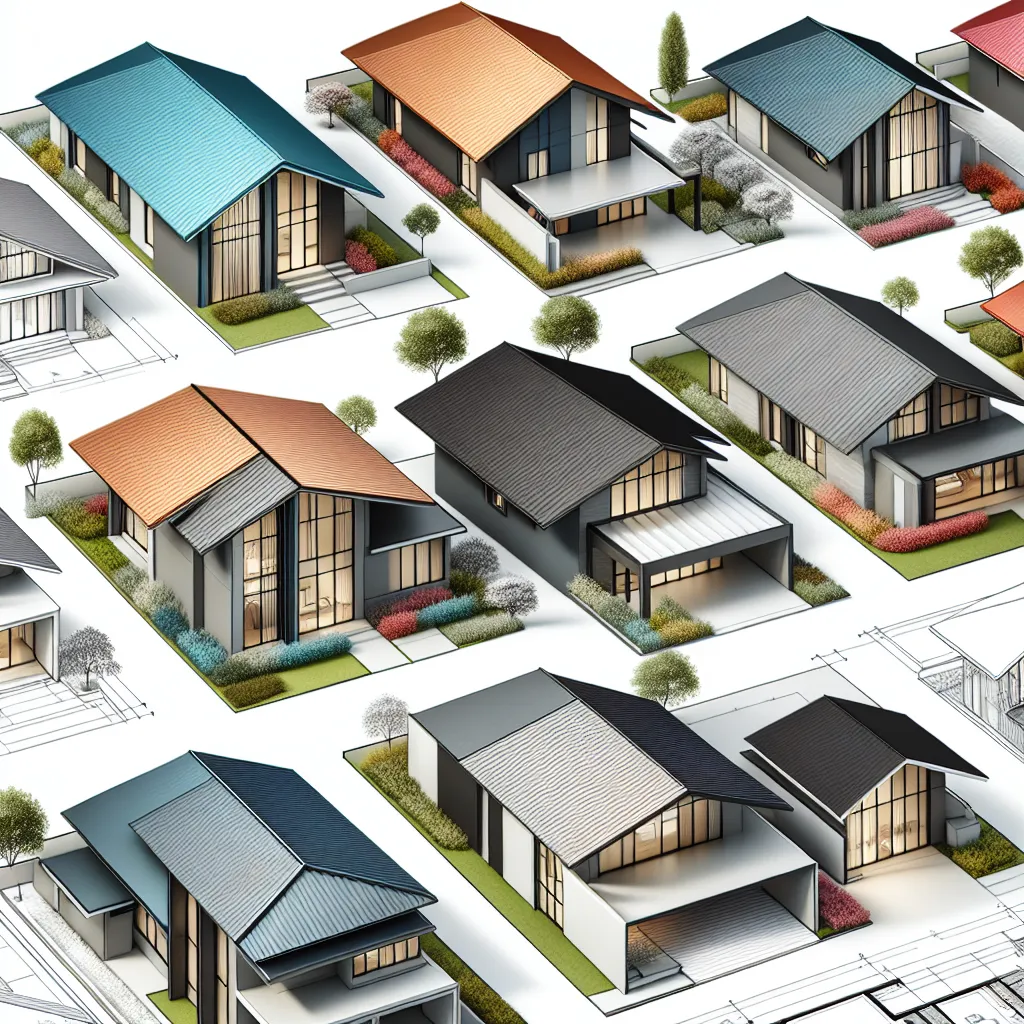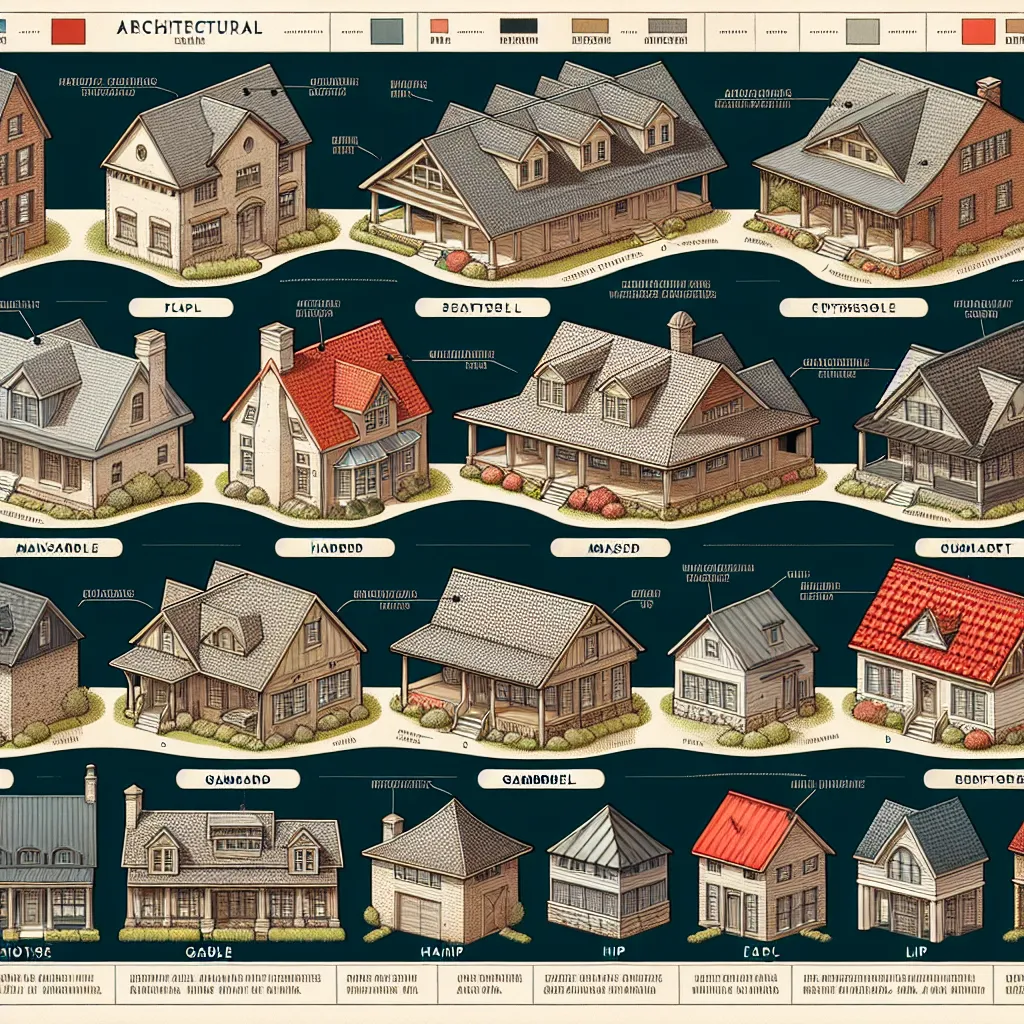Let’s get straight to it—metal roofing prices aren’t as simple as a price tag at the hardware store. They bounce around like a rubber ball, depending on everything from the type of metal you pick to the quirks of your roof’s shape. For anyone budgeting a new roof, knowing the real story behind metal roofing prices can mean dodging sticker shock and making a smarter investment. We’re cutting through the confusion to give you clear, actionable insights on what drives metal roofing prices, what you get for your money, and how to make choices you won’t regret.
What Are Metal Roofing Prices and Why Should We Care?
Metal roofing prices refer to the total cost to buy and install a metal roof on your home or property. This isn’t just about the metal sheets: it covers labor, underlayment, trim, fasteners, and sometimes unexpected surprises. Why does it matter? Because a roof is a long-term commitment for your wallet and your peace of mind. Get it wrong, and you might be facing years of headaches—or a leaky living room.
How Metal Roofing Prices Stack Up
Metal roofing prices are typically higher upfront than asphalt shingles or basic tiles, but they bring a host of benefits. Think of it as paying a little more now to avoid paying again in 10 or 20 years. Here’s what you’re really buying:
- Durability: Metal roofs can outlast three shingle roofs.
- Curb Appeal: Modern metal roofs come in colors and styles for every taste.
- Resale Value: Buyers love the idea of never replacing a roof again.
But there’s no sugarcoating it—the upfront cost can make you wince. Let’s break down the numbers.
The Real Numbers: Metal Roofing Prices Explained
We’ve gathered real-world data and experience to demystify metal roofing prices. Here’s a quick snapshot:
| Roof Size (sq. ft.) | Low-End ($) | Average ($) | High-End ($) |
|---|---|---|---|
| 1,200 | 16,800 | 32,400 | 48,000 |
| 1,700 | 23,890 | 46,233 | 68,575 |
| 2,500 | 35,000 | 68,750 | 102,500 |
Prices reflect total installed cost for standard steel or aluminum roofing in 2025. Expect copper or specialty metals to cost much more.
What Makes Metal Roofing Prices Rise or Fall?
Metal roofing prices aren’t plucked out of thin air. Several key factors play tug-of-war with your budget:
1. Type of Metal
- Steel: Most common and affordable. Prices range from $7–$16 per sq. ft. installed.
- Aluminum: Lightweight, corrosion-resistant, $9–$20 per sq. ft.
- Copper/Zinc: Premium look, premium price—$18–$35 per sq. ft. or more.
2. Panel Style
- Exposed Fastener (Corrugated): Cheaper, more rustic look, easier to install.
- Standing Seam: Sleek, modern, hidden fasteners. Adds 30–50% to your price.
3. Finish and Paint
- SMP paint is cheaper but fades quicker.
- PVDF paint lasts longer and looks richer—adds 20–40% to panel cost.
4. Roof Complexity
- Steep pitches, valleys, skylights, or weird angles mean higher labor costs.
- Simple roofs are cheaper and faster to install.
5. Labor and Location
- Labor makes up 60–70% of total cost.
- Big city? Expect to pay more for skilled installers.
6. Underlayment and Accessories
- Quality underlayment (like synthetic or peel-and-stick) can add $1,000–$3,000 to your project.
- Trim, flashing, and gutters are often overlooked but can tip the scales.
Quick Graph: What Eats Up Your Budget?
Metal Roofing Prices
Metal roofing prices vary based on materials, style, and installation complexity. On average, expect to pay $14–$40 per square foot, including installation, depending on the metal type and profile.
Key Price Factors:
- Material: Steel ($7–$16), Aluminum ($9–$20), Copper ($18–$35+)
- Panel Style: Corrugated (cheaper) vs. Standing Seam (costlier)
- Finish: SMP (affordable) vs. PVDF (premium)
- Roof Size & Complexity: Larger or intricate roofs increase costs
Price Comparison:
| Metal Type | Cost per sq. ft. | Longevity | Benefits |
|---|---|---|---|
| Steel | $7–$16 | 40+ years | Durable, affordable |
| Aluminum | $9–$20 | 50+ years | Corrosion-resistant |
| Copper | $18–$35+ | 70+ years | Stylish, premium |
Graph:
Cost vs. Durability — Steel offers value, Copper provides longevity and style.
Investing in a quality metal roof not only boosts curb appeal but also saves you money long-term. Ready for a durable upgrade? Get a custom quote today! and secure your long-lasting roof with [Your Brand].
Frequently Asked Questions About Metal Roofing Prices
How much does a metal roof typically cost per square foot, installed?
Metal roofing prices usually range from $9 to $20 per square foot, depending on the metal type, style, and finish.
Can I install a metal roof over my existing shingles to save money?
Yes, in many cases, metal roofing can be installed directly over existing shingles, which can save you about $1,000 or more in tear-off costs.
Why are metal roofing prices higher than asphalt shingles?
Metal roofs cost more upfront because of the materials and complex installation process, but they last much longer and have lower long-term maintenance costs.




